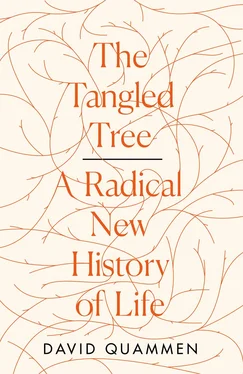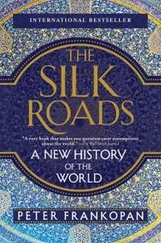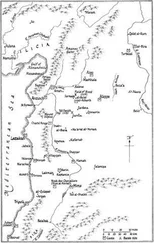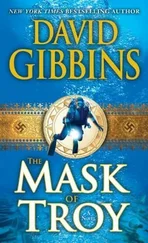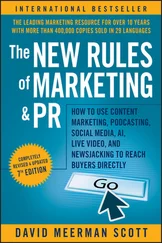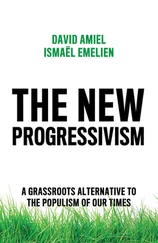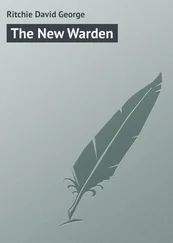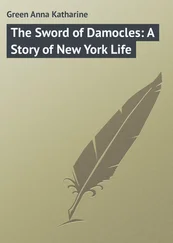1 ...6 7 8 10 11 12 ...29 What happened was that in 1859 Charles Darwin published On the Origin of Species. His book also contained a tree, but one with dangerous new meaning.
By that point, Darwin had incubated his theory in secret for half a lifetime. After sketching his little tree into the B notebook in 1837, he had continued reading, gathering facts, pondering patterns, trying out phrases, brainstorming fervidly for another sixteen months in a series of such notebooks, labeled “C” and “D” and “E,” like a man pushing puzzle pieces around on a table. Then suddenly, in November 1838, as recorded in the E notebook, he solved the puzzle of how species must evolve. Combining three pieces in his mind, he hit upon an explanatory mechanism for evolution.
The first piece was hereditary continuity. Offspring tend to resemble their parents and grandparents, providing a stable background of similarity throughout time. The second factor, a countertrend to the first, was that variation does occur. Offspring don’t precisely resemble their parents. Brown eyes, blue eyes, taller, shorter, differences of hair color or nose shape among humans; wing markings in a butterfly, beak size in a bird, length of neck in a giraffe. Reproduction is inexact. Likewise, siblings, as well as parents and offspring, differ from one another. Darwin saw that these two pieces, heredity and variation, stand together in some sort of dynamic tension.
The third puzzle piece, which he had begun considering just recently, having been alerted to it by his eclectic reading, was that population growth always tends to outrun the available means of subsistence. Earth is always getting too full of life. One female cat may give birth to five kittens; one rabbit may deliver eight bunnies; one salmon may lay a thousand eggs. If all those offspring were to survive, and reproduce in their turns, there would soon be a very great lot of cats and bunnies and salmon. Whatever the litter size, whatever the lifetime fecundity, whatever the kind of organism, including humans, we all tend to multiply by geometric progression, not just by arithmetic increase—that is, more like 2, 4, 8, 16 than like 2, 3, 4, 5. Meanwhile, living space and food supply don’t increase nearly so quickly, if at all. Habitat doesn’t replicate itself. Places get crowded. Creatures go hungry. They struggle. The result is competition and deprivation and misery, winners and losers, unsuccessful efforts to breed and, for the less fortunate individuals, early death. Many are called, but few are chosen. The book that awakened Darwin to this reality was An Essay on the Principle of Population , by a severely logical clergyman and scholar named Thomas Malthus.
Malthus’s gloomy treatise was first published in 1798. It went through six editions in the next three decades and influenced British policy on welfare. (It argued against the relatively easy charity of the contemporary Poor Laws, which were soon changed.) Darwin read it in early autumn 1838–“for amusement,”as he recalled later. Seldom is amusement more productive. He came away with the population piece, combined that with his two other pieces, and scribbled an entry in his D notebook about “ the warring of the species as inference from Malthus.” Yes, this “warring” applied not just to humans, Darwin realized, but also to other creatures. Competition was fierce, and opportunities were finite. “ One may say there is a forcelike a hundred thousand wedges,” Darwin wrote, all trying to “force every kind of adapted structure” into the gaps in the economy of nature. “The final cause of all this wedgings,” he added, “must be to sort out proper structure & adapt it to change.” By “final cause,” he essentially meant final result: the struggle yielded well-adapted forms. That was the essence, though still inchoate and crudely stated.
Darwin seemed to leave Malthus behind as he finished the D notebook, but returned to him soon in the next. That one, labeled E, begun in October 1838, was bound in rust-brown leather, with a metal clasp. It’s one of the true relics in the history of biology. In its earlier pages, Darwin ruminated further about “ the grand crush of population” and alluded repeatedly to what he now called “my theory.” He was growing more confident and clear. Then, on or soon after November 27, with his usual clipped grammar and eccentric punctuation, he wrote:
Three principles, will account for all
1 Grandchildren, like, grandfathers
2 Tendency to small change … especially with physical change
3 Great fertility in proportion to support of parents
Inheritance, variation, overpopulation. He saw how they fit. Put those three together and turn the crank: you’ll get differential survival, based on something or other. Based on what? Based on which variations turn out to be most advantageous. And those variations will tend to be inherited. The result will be gradual transmutation of heritable forms, and adaptation to circumstances, by a process of selective culling. Eventually he gave the crank a name: natural selection.
Twenty years passed after the E notebook entry. The world heard nothing about natural selection.
7

It was a perplexingly long delay, almost two decades, between the writing of those four lines in his secret E notebook and the first public announcement of Darwin’s theory. Longer still, twenty-one years, to publication of the theory in book form— On the Origin of Species appeared in November 1859. The reasons for that delay, which were both scientific and personal, both anxious and tactical, have been minutely examined in other works (including some of mine). We can skip over them here except to note that, when Darwin finally went public with his theory, it was because a younger naturalist had forced his hand by coming forward with the same idea.
Alfred Russel Wallace, after four years of fieldwork in the Amazon and four more in the Malay Archipelago, had hit upon the notion of natural selection (framed in his own language, not that pair of words) and written it up in a short paper. As recounted by Wallace long afterward, the idea came during a layover in his collecting travels through the northern Moluccas. He suffered a bout of fever (maybe malarial), and, amidst it, he had this extraordinary insight. Variation plus overpopulation, minus the unsuccessful variants, would yield heritable adaptation. When the fever broke, and the sweat dried, and the dreamy brainstorm still seemed cogent, Wallace composed his manuscript and then tried to get it considered.
But he was a poor man’s son, working his way through the tropics by selling decorative specimens—bird skins, butterflies, pretty beetles—not a gentleman traveler as Darwin had been on the Beagle . Wallace wasn’t well educated or well connected. He knew almost nobody in the higher circles of British or European science, and almost nobody in those circles knew him—not face-to-face and not as a peer, anyway. He was a collector of dried creatures for pay, a natural-history tradesman. There was class stratification in science as in every other part of Victorian British society. But he had published a few earlier papers in a respectable journal, and one of those papers had drawn favorable attention from Charles Lyell, the great geologist. Oh, and Wallace knew one other famous man, not personally but as a sort of pen pal, who had spoken generously to him in a letter: Charles Darwin.
It was now February 1858. Hardly anyone at that point recognized Darwin for what he was—an evolutionary theorist, in secret—and though Lyell was among that small group who did, as a close friend and confidant, Alfred Wallace certainly wasn’t. Charles Darwin to him was just a conventionally eminent naturalist, author of the Beagle chronicle and other safe books, including several on the taxonomy of barnacles. But a Dutch mail boat would soon stop at the port of Ternate, in the Moluccas, where Wallace had fetched up. He was excited by his own discovery, if it was a discovery, and eager to share this dangerous hypothesis with the scientific world. So he packed up his paper with a cover letter and mailed the packet to Mr. Darwin, hoping that Darwin might find it worthy. If so, maybe Darwin would share it with Mr. Lyell, who might help get it published.
Читать дальше
